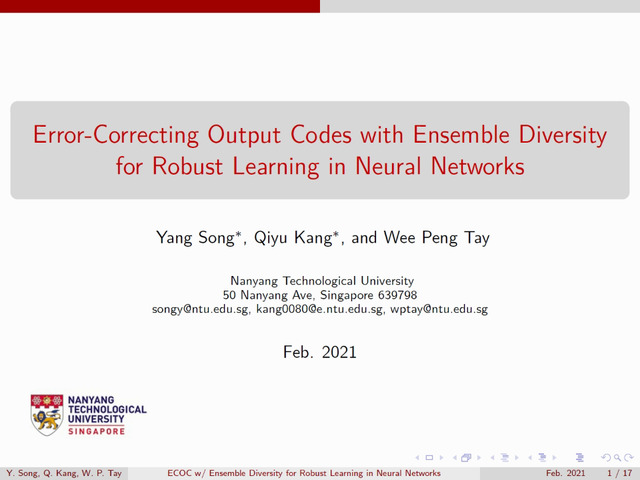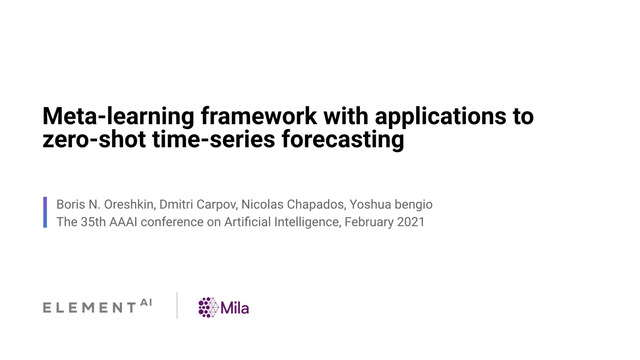Abstract:
The diversity of deep learning applications, datasets, and neural network architectures necessitates a careful selection of the architecture and data that match best to a target application. As an attempt to mitigate this dilemma, this paper investigates the idea of combining multiple trained neural networks using unlabeled data. In addition, combining multiple models into one can speed up the inference, result in stronger, more capable models, and allows us to select efficient device-friendly target network architectures. To this end, the proposed method makes use of generation, filtering, and aggregation of reliable pseudo-labels collected from unlabeled data. Our method supports using an arbitrary number of input models with arbitrary architectures and categories. Extensive performance evaluations demonstrated that our method is very effective. For example, for the task of object detection and without using any ground-truth labels, an EfficientDet-D0 trained on Pascal-VOC and an EfficientDet-D1 trained on COCO, can be combined to a RetinaNet-ResNet50 model, with a similar mAP as the supervised training. If fine-tuned in a semi-supervised setting, the combined model achieves +18.6%, +12.6%, and +8.1% mAP improvements over supervised training with 1%, 5%, and 10% of labels.









































